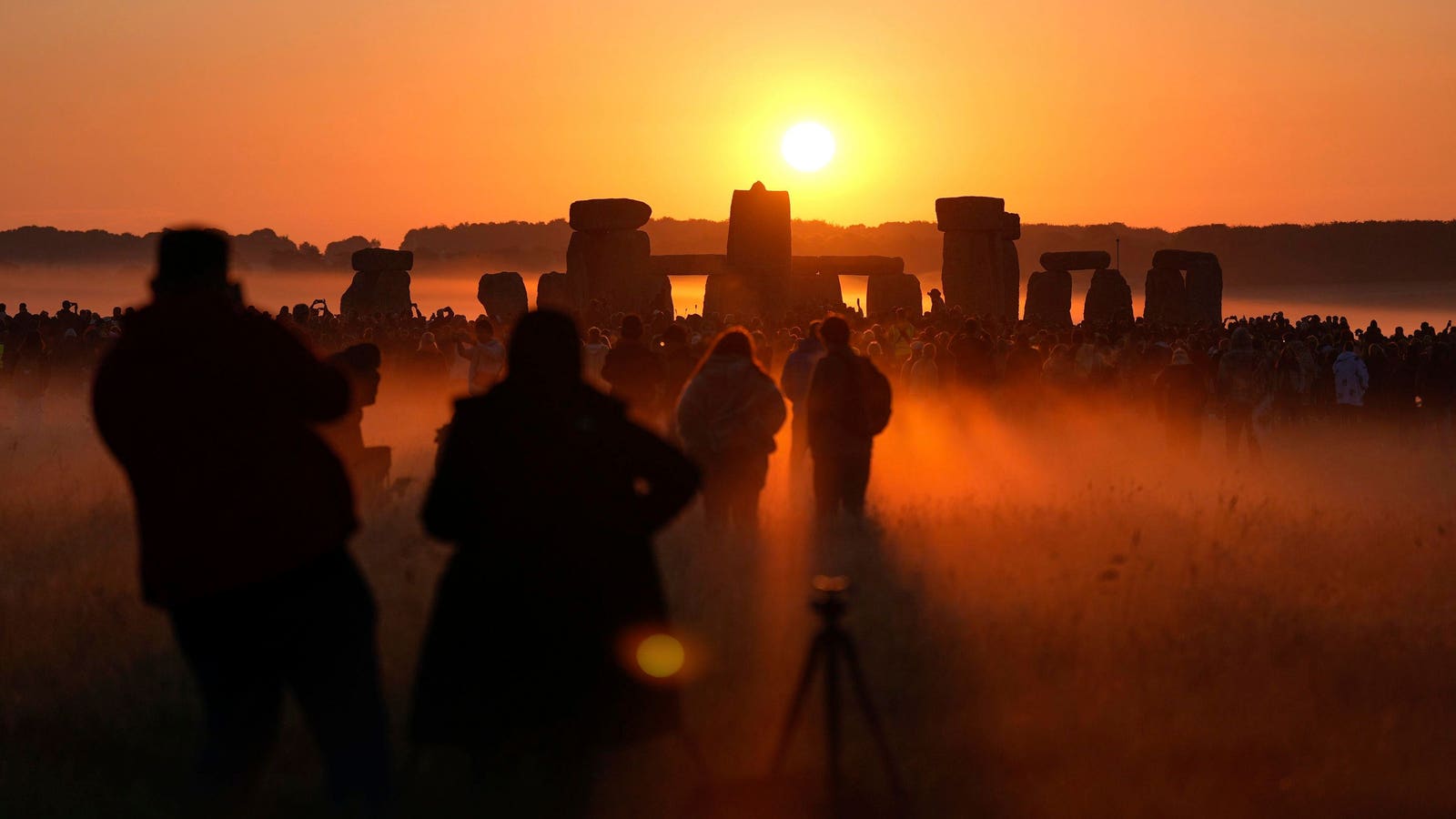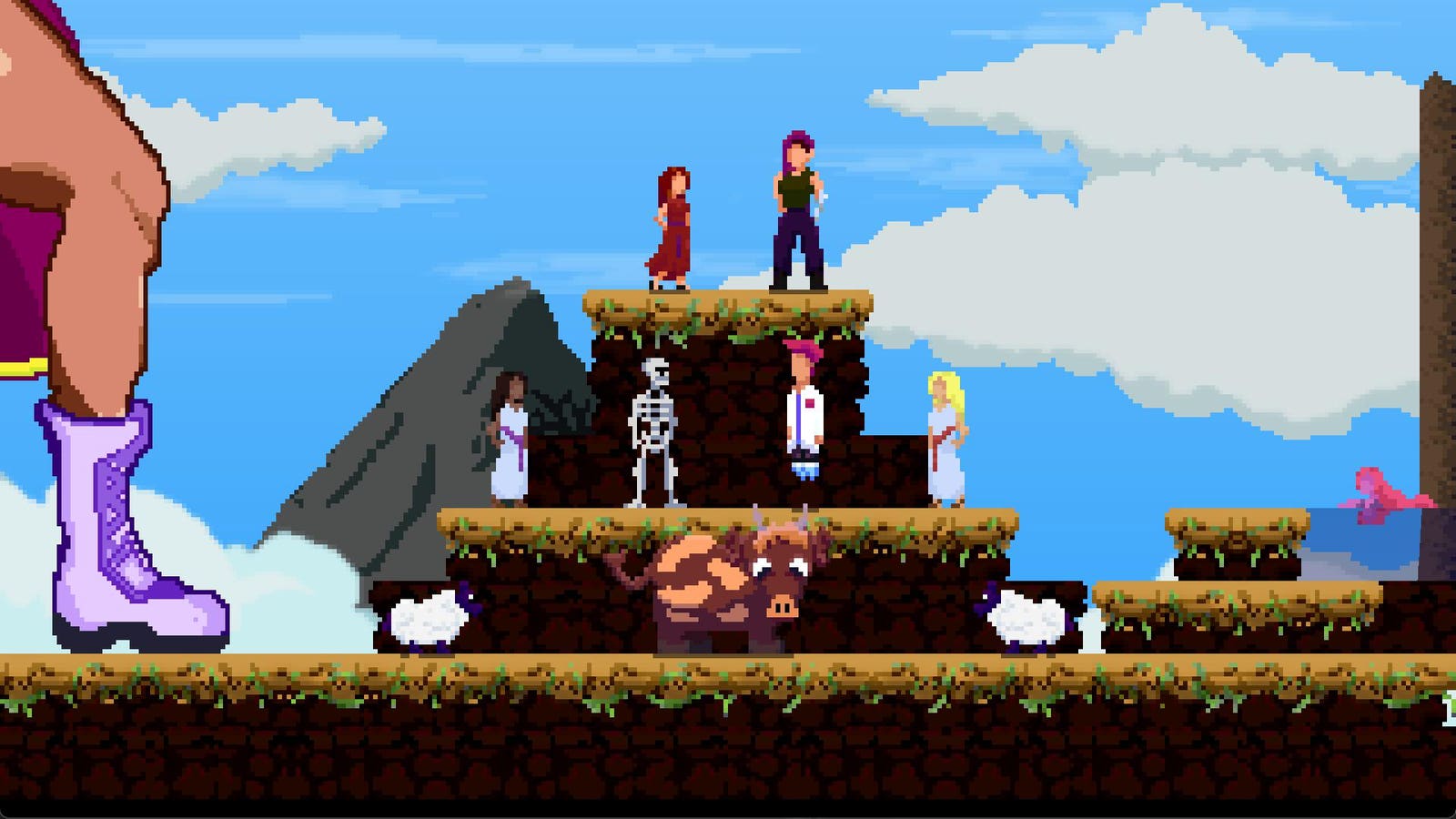Topline
The 2025 solstice — the longest day of the year in the Northern Hemisphere and the shortest in the Southern Hemisphere — will occur at 02:42 UTC on Saturday, June 21. However, in North America, it happens the previous day.
People watch the sun rise, as they take part in the Summer Solstice at Stonehenge in Wiltshire, … More
Key Facts
June’s solstice marks the longest day of the year and the beginning of astronomical summer in the Northern Hemisphere. It’s not only the longest day but also the point when daylight begins to shorten.
The solstice occurs at a specific global time (02:42 UTC on June 21), so its local time varies across U.S. time zones. The 2025 summer solstice occurs at 10:42 p.m. EDT, 9:42 p.m. CDT, 8:42 p.m. MDT, 7:42 p.m. PDT, 6:42 p.m. AKDT and 4:42 p.m. HST on Friday, June 20.
At that precise moment, the sun will be directly overhead at the Tropic of Cancer at noon somewhere on Earth. It’s the northernmost point of the sun at noon.
Solstice Sunrises And Sunset
Solstice is from the Latin solstitium, sol meaning sun and stit being stationary. That’s because, as a consequence of the sun reaching its highest in the sky in the Northern Hemisphere, its rise and set points are at their extreme northeast and northwest, respectively. To the observer, the sun appears to rise farther northeast until June’s solstice, when it appears to stand still for a few mornings before rising farther east and south.
Ancient Sites That Track The Solstice
Although Stonehenge is traditionally associated with the solstice (it’s aligned with the rising sun on the solstice), there are other ancient monuments with a solstice link. Egypt’s Nabta Playa stone circle, the oldest known astronomical site, tracks the solstice, with no shadows cast by its stones at noon on the date of the solstice. According to Astronomy magazine, Nabta Playa was constructed by a cattle-worshiping cult of nomadic people to mark the summer solstice and the arrival of the monsoons. At 7,000 years old, it’s older than Stonehenge.
The 2025 solstice will occur at 02:42 UTC on Saturday, June 21, 2025.
Understanding The Tropic Of Cancer
The Tropic of Cancer is a line 23.4 degrees north of the Earth’s equator through The Bahamas, Mexico, Egypt, Libya, Niger, Algeria, Mauritania, Mali, Chad, Saudi Arabia, United Arab Emirates, Oman, India, Myanmar, China and Taiwan. It reflects the tilt of the Earth’s axis, which explains why the planet has solstices, equinoxes and seasons.
Solstices And Equinoxes In 2025
The beginning of astronomical seasons is marked by solstices and equinoxes (equinox means equal night when there are 12 hours of daylight and 12 hours of darkness). The spring or vernal equinox occurs between March 19-21, the June solstice June 20 and 22, the September equinox September 21-24 and the December solstice is December 20-23, according to Timeanddate.com. In 2025, they occur on March 20, June 20, Sept. 22 and Dec. 21, respectively.
Further Reading







